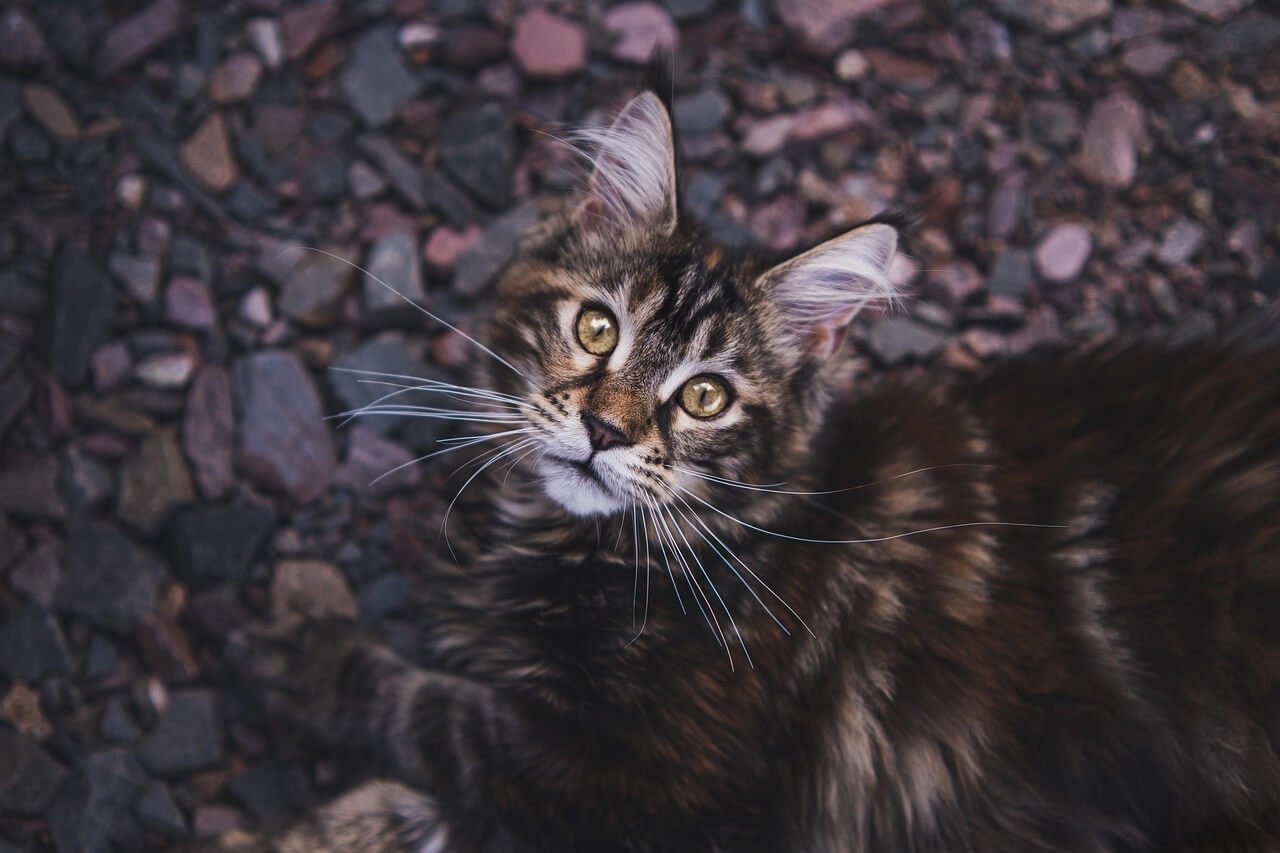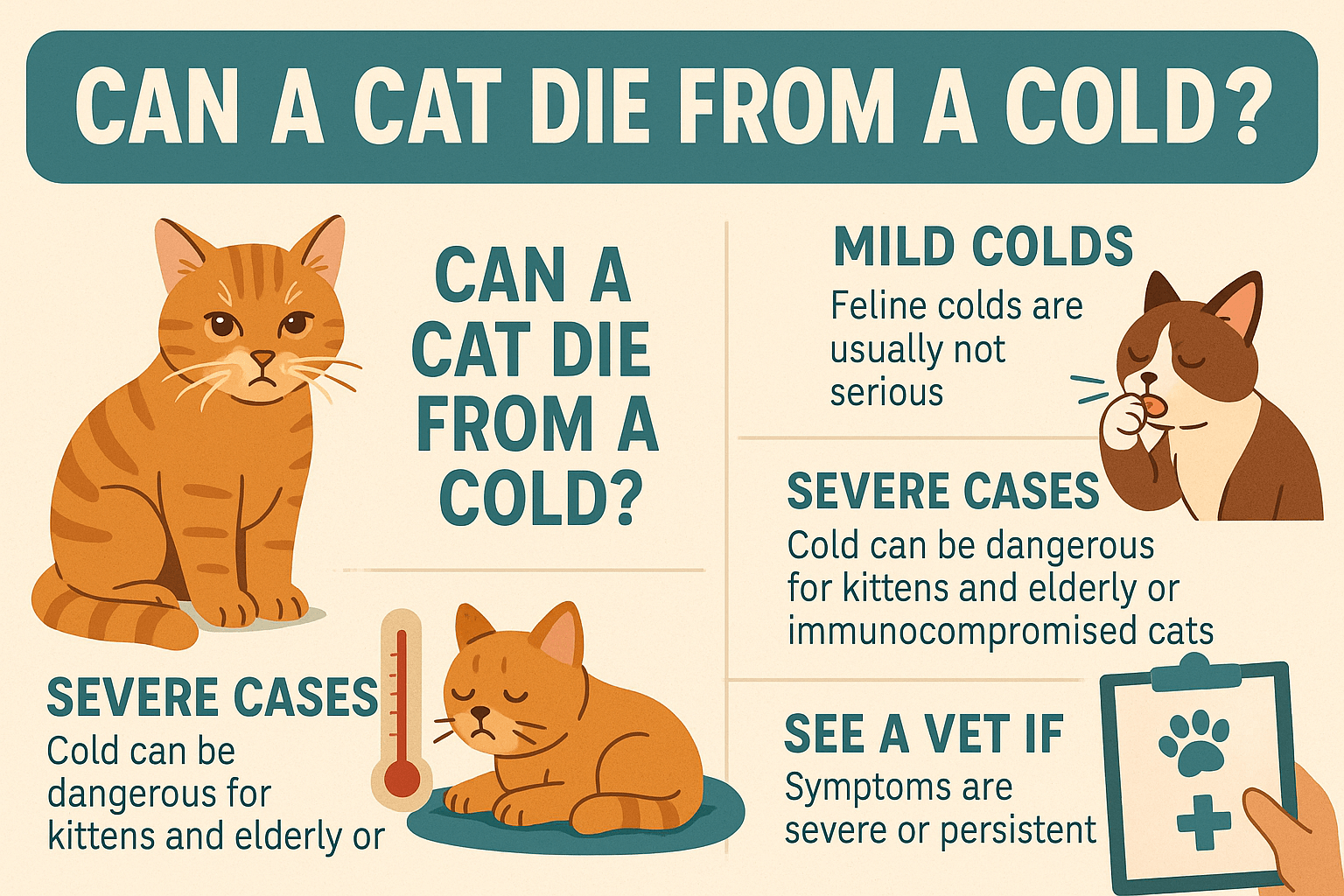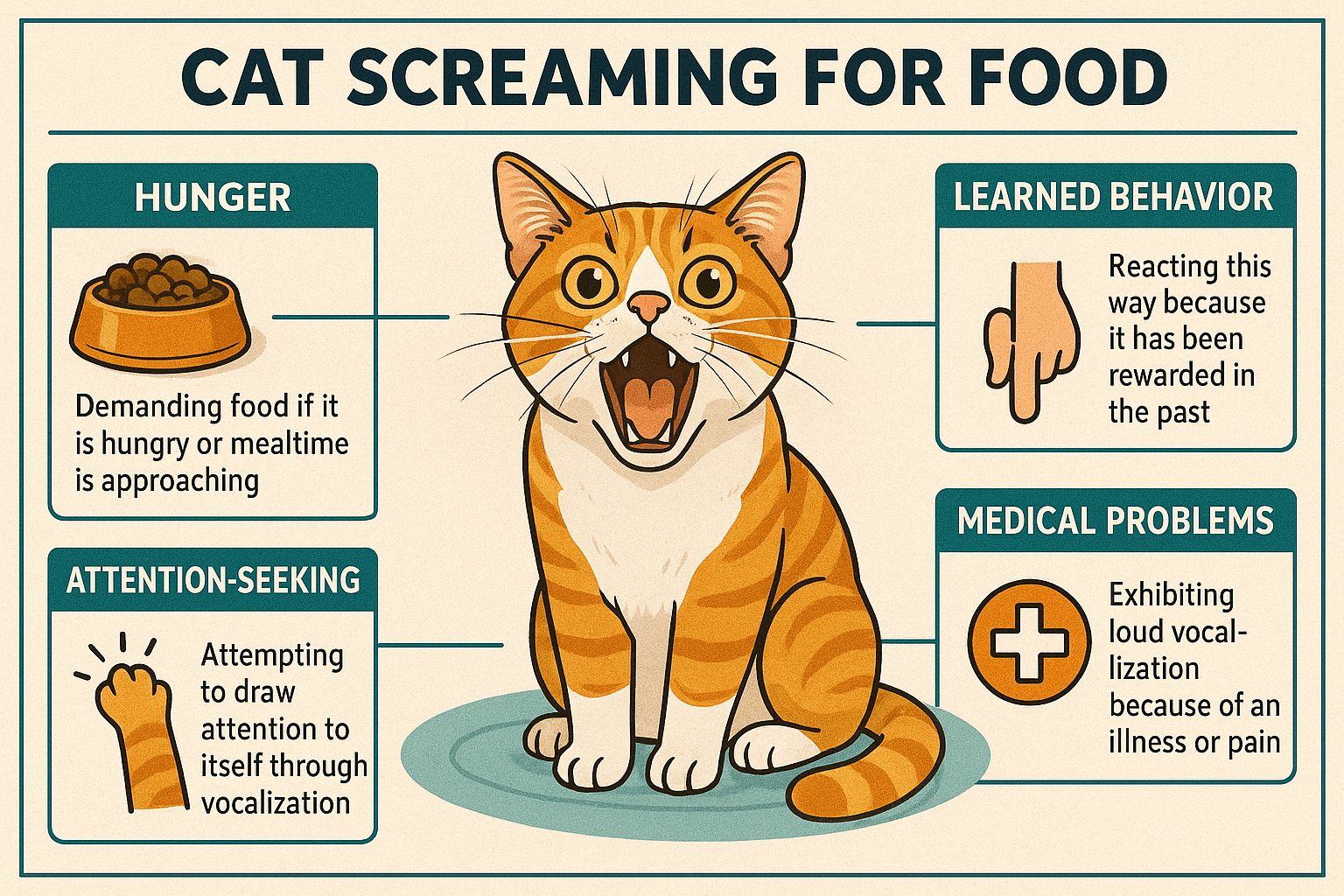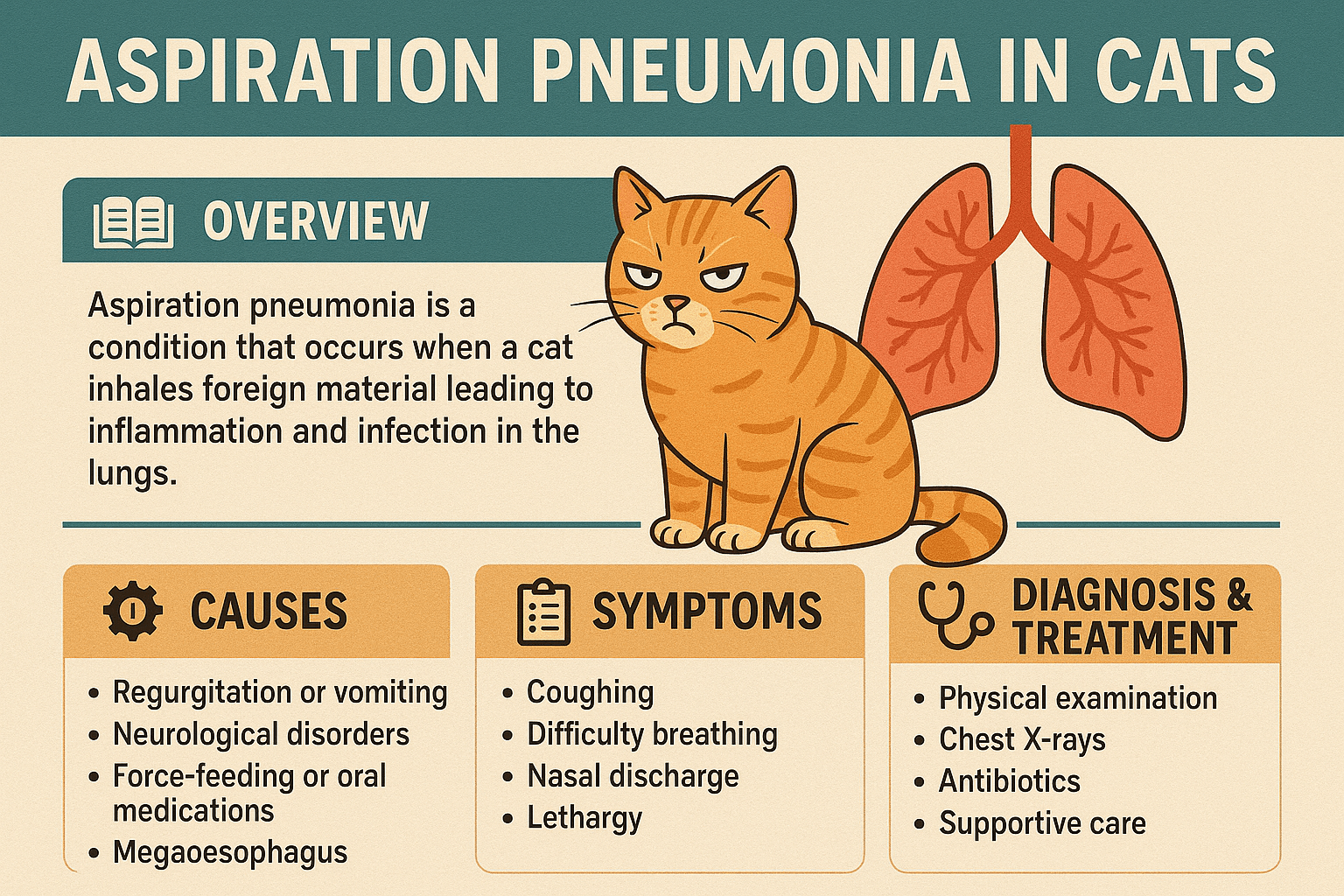Can You Flush Cat Poop? What You Need to Know
As a cat owner, dealing with your feline friend’s waste is an inevitable part of pet ownership. While flushing might seem like a convenient solution for disposing of cat poop, it’s important to consider whether this method is safe, hygienic, and environmentally responsible. Flushing cat waste isn’t as straightforward as it may appear, especially when factoring in plumbing systems, water treatment processes, and potential health risks. In this blog post, we’ll explore the ins and outs of flushing cat poop, discuss alternative disposal methods, and provide expert tips to help you make informed decisions about managing your cat’s waste responsibly.
Why Flushing Cat Poop Can Be Problematic
Flushing cat poop might sound like a quick fix, but there are several reasons why this practice is discouraged by experts. Understanding the potential issues can help you avoid costly mistakes and protect both your home and the environment.
Clogging Plumbing Systems:
Cat poop can be dense and may not break down easily, increasing the risk of clogs in your pipes or septic system.Toxins in Cat Waste:
Cat feces can contain harmful parasites like Toxoplasma gondii, which are not always neutralized by sewage treatment processes.Environmental Impact:
Flushed cat waste can contaminate water supplies, posing risks to wildlife and ecosystems downstream.Septic System Concerns:
If you use a septic tank, flushing cat poop can overload the system and disrupt its ability to process waste effectively.Local Regulations:
Some municipalities prohibit flushing pet waste due to its potential to harm public health and infrastructure.
These challenges highlight why flushing cat poop is rarely a practical or responsible choice for waste disposal.
Alternative Methods for Disposing of Cat Poop
If flushing isn’t a viable option, what should you do with your cat’s waste? Fortunately, there are several safe and effective alternatives that prioritize hygiene and environmental sustainability.
Use Biodegradable Bags:
Scoop the waste into biodegradable bags designed for pet waste, then dispose of them in your regular trash.Composting Cat Waste:
Specialized composting systems can safely break down cat poop, though the compost should only be used on non-edible plants.Cat Litter Designed for Disposal:
Some litters are flushable or compostable, offering eco-friendly options for managing waste. Always check product labels carefully.Freeze Before Trashing:
For odor control, place scooped waste in a sealed bag and freeze it before tossing it in the trash on garbage day.Outdoor Burial (With Caution):
If local regulations allow, burying cat waste in a designated area far from water sources can be a natural disposal method.
By exploring these alternatives, you can find a solution that works best for your household while minimizing environmental impact.
Check this guide 👉Sour Smelling Cat Poop: Best 7 Expert Tips!
Check this guide 👉Cat Poop vs Dog Poop: Best 7 Expert Tips!
Check this guide 👉White Dots in Cat Poop: Best 7 Health Tips!
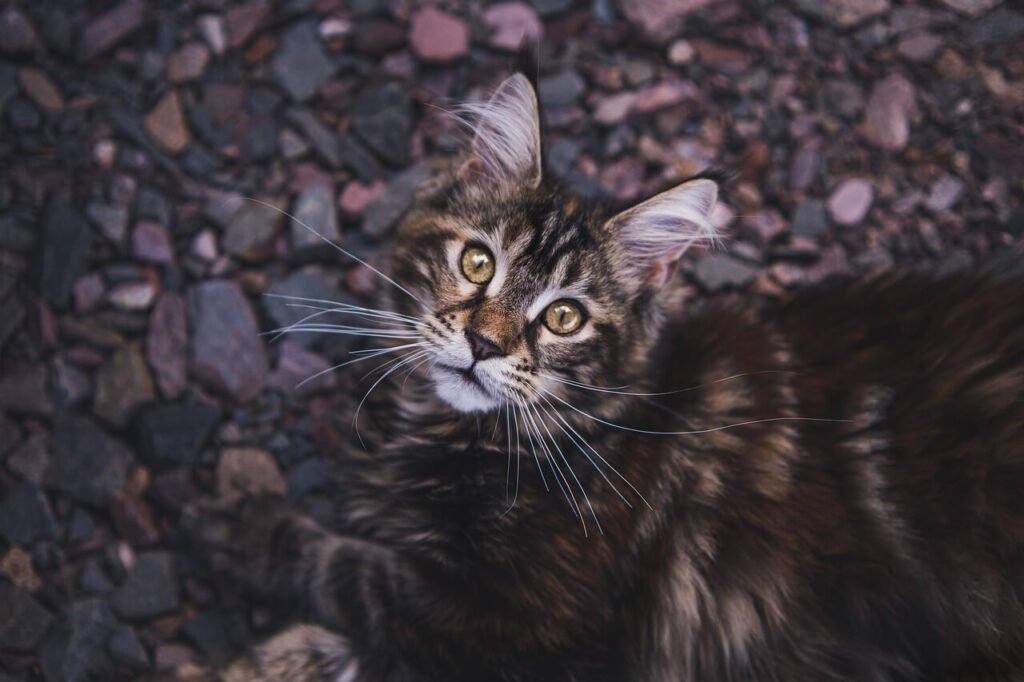
Disposal Method | Pros and Cons |
|---|---|
Flushing | Quick but risky; can harm plumbing & environment |
Biodegradable Bags | Convenient and eco-friendly; requires trash pickup |
Composting | Sustainable; limited use for compost output |
Freezing Before Trashing | Reduces odors; takes up freezer space |
Outdoor Burial | Natural method; restricted in some areas |
Health Risks Associated with Improper Disposal of Cat Poop
Failing to dispose of cat poop properly can lead to significant health risks for humans, pets, and the environment. Understanding these dangers underscores the importance of responsible waste management.
Spread of Parasites:
Toxoplasmosis, caused by the parasite Toxoplasma gondii, can infect humans and animals through contaminated water or soil.Contamination of Water Sources:
Flushed cat waste can introduce harmful pathogens into water treatment systems, affecting drinking water quality.Impact on Pregnant Women:
Pregnant women exposed to toxoplasmosis face risks of miscarriage or birth defects, making proper disposal critical.Harm to Wildlife:
Parasites from improperly disposed cat waste can infect birds, marine life, and other animals, disrupting ecosystems.Disease Transmission to Pets:
Other pets may contract illnesses from coming into contact with untreated cat waste, leading to further health complications.
Taking steps to dispose of cat poop safely helps mitigate these risks and promotes a healthier environment for everyone.
Tips for Managing Cat Waste Responsibly
Managing your cat’s waste doesn’t have to be overwhelming. With a few practical strategies, you can ensure cleanliness, safety, and sustainability in your routine.
Scoop Daily:
Regularly removing waste from the litter box prevents odors and reduces the risk of bacterial growth.Choose Eco-Friendly Litter:
Opt for biodegradable or compostable litter options to reduce your carbon footprint.Wear Gloves During Cleanup:
Protect yourself from potential pathogens by wearing disposable gloves while handling cat waste.Wash Hands Thoroughly:
After cleaning the litter box, wash your hands with soap and water to eliminate any lingering germs.Educate Family Members:
Ensure everyone in your household understands proper waste disposal practices to maintain consistency.
By incorporating these tips into your daily routine, you can create a cleaner, safer environment for your family and pets.
The Environmental Impact of Cat Waste Disposal
Improper disposal of cat waste can have far-reaching consequences for the environment. Understanding these impacts can motivate us to adopt more sustainable practices when managing our pets’ waste.
Water Pollution:
Flushed cat waste can introduce harmful pathogens into water treatment systems, contaminating rivers, lakes, and oceans.Soil Contamination:
Parasites like Toxoplasma gondii can survive in soil for years, posing risks to wildlife and even humans who come into contact with it.Plastic Waste from Bags:
Non-biodegradable litter bags contribute to landfill accumulation, adding to the global plastic pollution crisis.Ecosystem Disruption:
Parasites from cat waste can infect marine life, such as sea otters, leading to population declines and imbalances in ecosystems.Carbon Footprint of Litter Production:
Traditional clay-based cat litters involve resource-intensive mining and manufacturing processes, contributing to greenhouse gas emissions.
By adopting eco-friendly solutions, we can minimize the environmental footprint of cat waste and protect fragile ecosystems.
Signs Your Current Waste Disposal Method Needs Improvement
If you’re unsure whether your current approach to managing cat poop is effective or responsible, certain signs may indicate it’s time for a change. Recognizing these red flags can help you refine your routine.
Frequent Plumbing Issues:
Repeated clogs or backups in your pipes may signal that flushing cat waste is causing problems.Unpleasant Odors in Your Home:
Lingering smells could mean your litter box or waste disposal method isn’t adequately containing odors.Increased Local Wildlife Concerns:
Reports of sick or dying animals in your area might be linked to improperly disposed cat waste contaminating the environment.Non-Biodegradable Waste Accumulation:
If your trash bags pile up quickly, consider switching to biodegradable options to reduce landfill contributions.Health Concerns Among Family Members:
Frequent illnesses or allergic reactions may stem from exposure to improperly handled cat waste.
Addressing these issues promptly ensures a safer, cleaner, and more sustainable waste management system for your household.
Benefits of Switching to Eco-Friendly Cat Waste Solutions
Transitioning to environmentally friendly methods for managing cat waste offers numerous advantages for your home, community, and the planet. Making this switch demonstrates a commitment to sustainability without compromising convenience.
Reduced Plastic Use:
Biodegradable litter and waste bags significantly cut down on single-use plastics, helping combat pollution.Improved Water Quality:
Proper disposal methods prevent harmful pathogens from entering water supplies, protecting aquatic ecosystems.Enhanced Soil Health:
Composting cat waste in designated systems enriches soil quality for non-edible plants, promoting gardening sustainability.Lower Carbon Emissions:
Eco-friendly litters made from renewable materials reduce reliance on resource-heavy production processes.Peace of Mind:
Knowing you’re minimizing your pet’s environmental impact fosters a sense of responsibility and pride.
Switching to greener solutions not only benefits the planet but also enhances your overall pet care experience.
Frequently Asked Questions About Disposing of Cat Poop
Is it ever safe to flush cat poop?
No, flushing cat poop is generally unsafe due to the risk of clogging pipes and contaminating water supplies.
Can I compost cat waste at home?
Yes, but only using specialized composting systems designed for pet waste. Never use the compost on edible plants.
What type of litter is best for the environment?
Biodegradable litters made from materials like corn, wheat, or recycled paper are eco-friendly options.
How often should I clean the litter box?
Clean the litter box at least once daily to maintain hygiene and prevent odors.
Are there any diseases associated with cat poop?
Yes, cat waste can carry parasites like Toxoplasma gondii, which can cause toxoplasmosis in humans and animals.
Making Responsible Choices for Your Cat’s Waste
Properly disposing of cat poop is more than just a chore—it’s a responsibility that impacts your home, community, and the environment. By understanding the risks and benefits of different disposal methods, you can make choices that prioritize hygiene, safety, and sustainability. Whether you opt for biodegradable bags, composting systems, or another solution entirely, taking proactive steps ensures that your cat’s waste is managed responsibly. Remember, small actions add up to big differences, and your efforts contribute to a cleaner, healthier world for all living beings.
Can a Cat Die from a Cold? Best 7 Expert Tips! Learn how to identify, treat, and prevent feline colds while understanding when to seek veterinary care for your cat’s health.
Cat Screaming for Food: Best 7 Expert Tips! Discover effective strategies to manage your cat's food-related vocalizations and create a peaceful feeding routine.
Aspiration Pneumonia in Cats: Best 7 Expert Tips! Discover causes, symptoms, and treatment advice to protect your cat’s respiratory health and ensure a speedy recovery.
Hip Dysplasia in Cats: Best 7 Expert Tips! Discover expert advice on managing hip dysplasia in cats, from symptoms and prevention to treatment options for a happier, healthier feline life.

